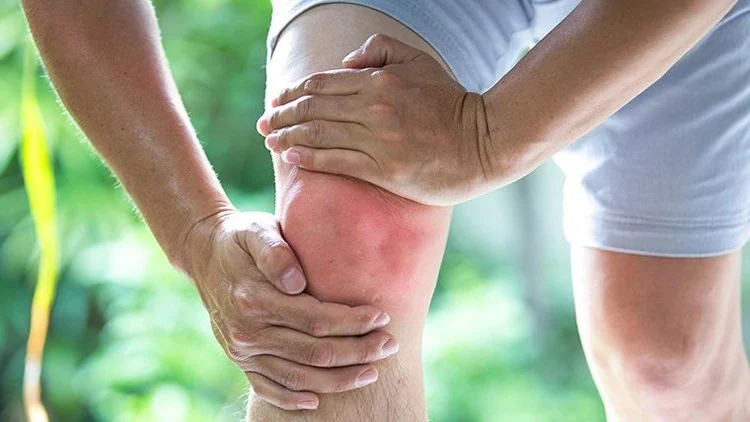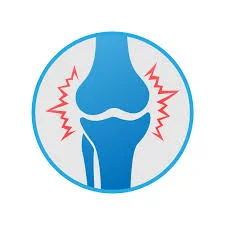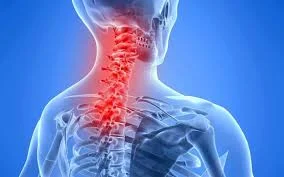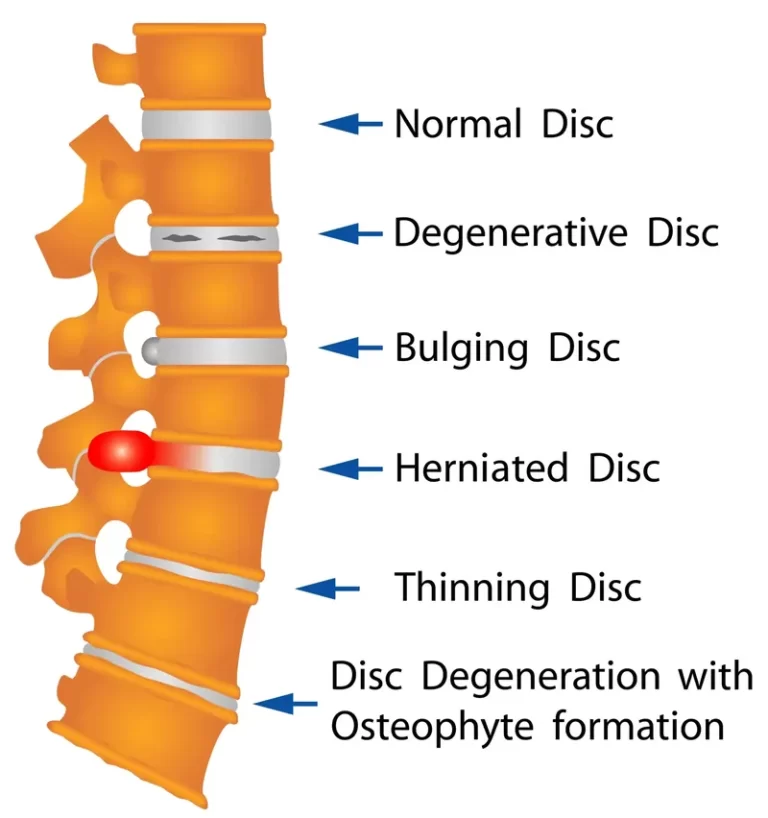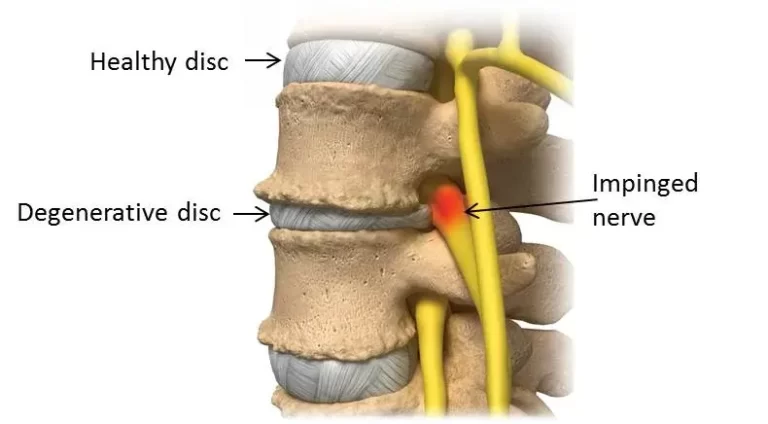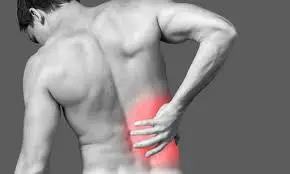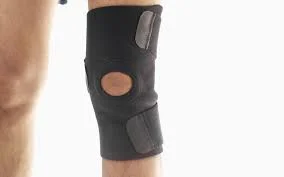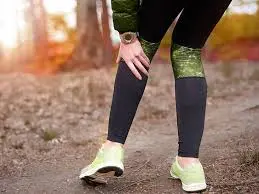Knee Flexion Pain
Introduction Do you have knee pain when you bend? You’re not by yourself if so. This kind of pain, which can be minor or severe, affects a lot of people. It’s crucial to consult a physician for a precise diagnosis because there are numerous potential reasons why knee pain may occur when bending. Options for…

